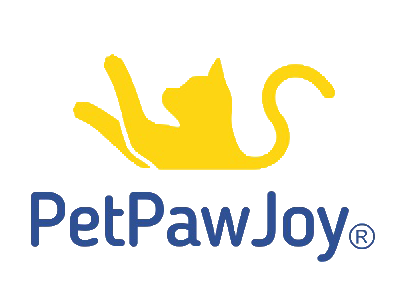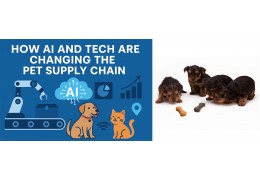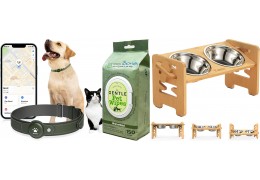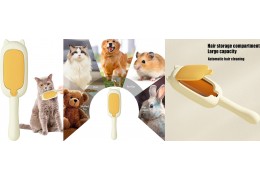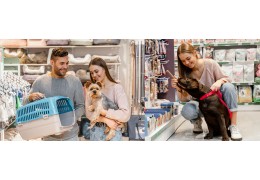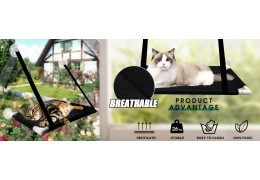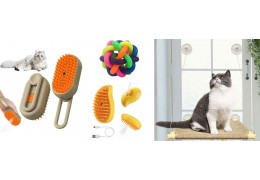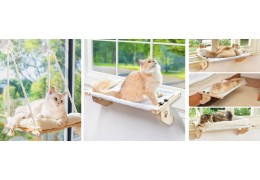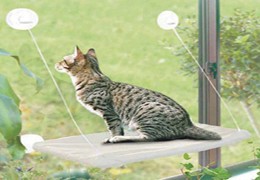AI and advanced technology are reshaping the pet supply chain, helping wholesalers optimize inventory, enhance...
How to Build a Private Label Pet Brand with OEM Manufacturing
In 2026, starting your own OEM pet brand has never been more accessible—or more profitable. With growing demand for unique, eco-conscious, and function-forward pet supplies, entrepreneurs and retailers are turning to private label dog products as a scalable business model. Whether it’s collars, grooming tools, or bedding, working with a trusted custom pet manufacturing partner allows you to build your dream pet brand while controlling every detail from design to distribution.
If you're ready to step into the booming pet product market, this comprehensive guide will walk you through the process of building a successful private label business using OEM manufacturing.
Why the Pet Industry Is Ripe for Private Label Growth in 2026
The global pet care market is projected to exceed $350 billion by the end of 2026, and private label brands are capturing more of that share every year.
Key drivers:
• Rise in DTC (Direct-to-Consumer) shopping
• Focus on niche-specific products (e.g., allergy-free, eco-friendly, breed-specific)
• Desire for premium quality at better price points
• Low-barrier market entry via OEM pet brand partnerships
Buyers are actively looking for differentiated products—and your private label dog products can deliver just that.
Understanding the OEM Pet Brand Model
Let’s start with a clear definition.
• OEM (Original Equipment Manufacturer): You design the product, and the manufacturer produces it under your brand.
• White Label: You sell a pre-designed product with your branding.
• ODM (Original Design Manufacturer): The factory provides a base design, which you may modify slightly.
• Building an OEM pet brand offers more creative and pricing control than white-labeling, though it does require upfront planning and prototyping.
Benefits of OEM Manufacturing for Private Label Dog Products
OEM manufacturing is the ideal route for entrepreneurs looking to stand out in a crowded marketplace.
Advantages include:
• Full customization (materials, colors, functions)
• Higher perceived value = better margins
• Better control over supply chain and quality
• Freedom to build a brand identity from the ground up
These factors make OEM the go-to model for serious private label dog products entrepreneurs.
Identifying Your Niche and Product Range
Before diving into production, define your niche. This ensures your OEM pet brand connects with a specific audience.
Popular niches in 2026 include:
• Sustainable and eco-friendly pet products
• Luxury pet accessories
• Functional orthopedic pet beds
• Organic grooming essentials
• Breed-specific solutions
Top private label dog products categories to consider:
Category | Examples |
Beds & Blankets | Orthopedic foam beds, heated mats |
Apparel | Waterproof jackets, bandanas |
Collars & Leashes | LED collars, customized name tags |
Grooming | Brushes, shampoo, nail clippers |
Toys | Eco-plush, tug ropes, chew-resistant toys |
How to Choose the Right Custom Pet Manufacturing Partner
The success of your OEM pet brand depends on the reliability of your custom pet manufacturing partner.
What to look for:
• Experience in your product category
• Certifications (ISO, BSCI, GOTS, OEKO-TEX)
• Flexible MOQ (Minimum Order Quantity)
• In-house design capabilities
• Clear communication and transparency
Request samples, tour the factory if possible, and ask for client references.
Product Development Process with an OEM Pet Brand Supplier
Developing your private label dog products typically follows these steps:
1. Initial concept and sketches
2. Material selection (vegan leather, memory foam, eco-fabrics)
3. Sample development and revisions
4. Functionality testing and user feedback
5. Production approval and contract sign-off
A good custom pet manufacturing team will help you with compliance, design optimization, and market adaptation.
Private Label Branding Essentials
Your brand needs to resonate across all touchpoints. Don't skimp on:
• Logo design
• Taglines and messaging
• Packaging design
• Brand colors and fonts
• Product labeling (ingredients, sizes, care instructions)
Labeling must comply with regional laws (e.g., USA, EU) and clearly state the OEM pet brand name, origin, and any safety instructions.
Custom Pet Manufacturing: Design and Innovation Tips
To stand out in 2026, integrate:
• Smart features: Bluetooth trackers, heating/cooling tech
• Sustainable design: Recycled fabrics, biodegradable tags
• Seasonal collections: Holiday-themed beds or leashes
• Functional creativity: Hidden storage, reversible jackets
The best custom pet manufacturing partners will help you innovate while keeping costs manageable.
Navigating Regulations for Private Label Dog Products
Each market has its own laws governing private label dog products.
• USA: FDA and CPSIA compliance for treats and toys
• EU: CE marking, REACH, EN71 for chemical safety
• Canada: Bilingual labeling (English/French)
Verify that your custom pet manufacturing partner can help meet regional compliance and testing protocols.
Pricing and Profit Margins in OEM Pet Brands
To ensure profitability, factor in:
• Cost of prototyping and samples
• Manufacturing cost per unit
• Packaging, freight, and import duties
• Marketing and platform fees (Amazon, Shopify, etc.)
Typical OEM pet brand margins range between 30–60% depending on niche and sales channels.
Packaging Design for OEM Pet Brand Success
Packaging isn’t just protective—it’s persuasive.
✅ Essentials:
• Brand story and values
• QR code linking to care guide or reviews
• Eco-badges (recyclable, biodegradable)
• Hang tags for retail display
Smart packaging helps private label dog products stand out on shelves and in unboxing videos.
Building a Brand Story that Resonates
Your brand story isn’t just fluff—it drives loyalty and emotional connection.
Include:
• Your mission (e.g., cruelty-free, shelter support)
• Your “why” (e.g., inspired by your own pet)
• Product benefits tied to emotional needs
A compelling story is the secret sauce that elevates your OEM pet brand above generic competition.
Scaling Production with Your Custom Pet Manufacturing Partner
As you grow, you'll need to:
• Forecast inventory based on trends and past sales
• Establish reorder triggers with your custom pet manufacturing supplier
• Explore warehouse partnerships or third-party logistics (3PL)
OEM partners who offer batch tracking and digital ordering portals make scaling easier.
Common Pitfalls When Launching an OEM Pet Brand
Watch out for:
• Over-ordering stock before validating demand
• Ignoring compliance laws
• Choosing suppliers based solely on price
• Inconsistent branding across SKUs
• Delays in product testing or certifications
Choosing an experienced OEM pet brand factory helps you avoid these costly mistakes.
FAQs: Building a Private Label Pet Business
Q1: What’s the MOQ for OEM pet products?
A1: Most custom pet manufacturing facilities start at 300–500 units per SKU, though some offer lower MOQ with limited customization.
Q2: Can I modify an existing factory design?
A2: Yes—this hybrid OEM/ODM approach lets you speed up production while adding your branding.
Q3: How long does development take?
A3: Prototyping + sampling can take 4–8 weeks. Production adds another 30–45 days.
Q4: Can I brand my packaging as eco-friendly?
A4: Only if you use certified materials and follow local labeling laws.
Q5: Is private labeling legal globally?
A5: Yes—but always check IP rights, product safety laws, and trademark availability in each target country.
Final Thoughts: Turning OEM Partnerships into Brand Loyalty
Building a successful OEM pet brand is more than just putting a logo on a product. It's about crafting value, functionality, and identity through strong partnerships and smart product development. With the right custom pet manufacturing team and a clear niche, you can launch high-impact private label dog products that compete with major retailers while fostering deep loyalty with pet owners.
